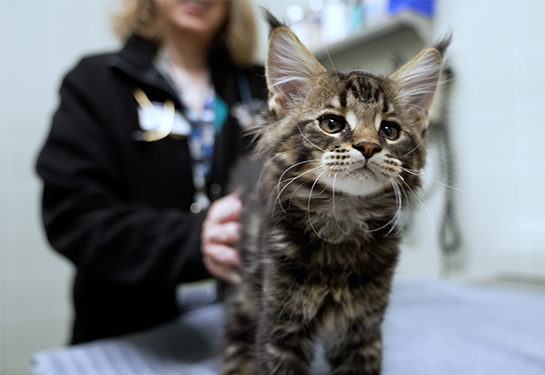Pediatric Anesthesia
We offer personalized care to keep your child comfortable and pain-free during scheduled and emergency procedures.
Medically reviewed on Aug. 05, 2023.
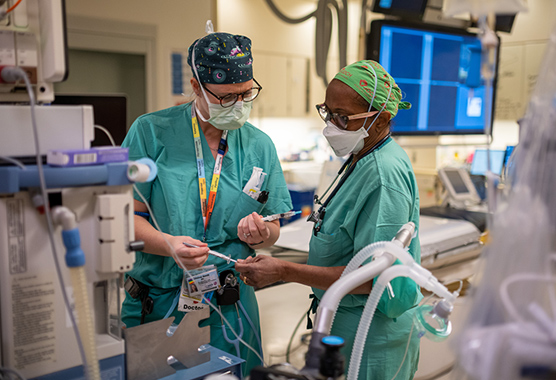
Highly Skilled Specialists in Pediatric Anesthesia
At UC Davis Health, we understand your most important priorities are keeping your child safe and healthy. We provide pain relief (anesthesia) for your child before, during and after their procedure or surgery at UC Davis Children’s Hospital and other hospital sites. Our friendly team of pediatric anesthesiologists, nurses and technicians is available 24 hours a day, 7 days a week.
We offer the most up-to-date types of anesthesia and pain management counseling to determine the most effective option for your child. We aim to keep your child calm and comfortable during their treatment and while they recover.
Types of Pediatric Anesthesia
At UC Davis Health, we deliver personalized care to your child throughout their procedure or surgery. We specialize in choosing the most effective pediatric anesthesia option to minimize your child’s discomfort and get them back to their routine as soon as possible.
Sedation (Monitored Anesthesia Care)
We typically use sedation for minor procedures and surgeries, such as a biopsy. We give your child a pain-relieving medication through an IV to help them relax during a procedure. During sedation, your child remains conscious but drowsy.
Local Anesthesia
We normally use local anesthesia for minor procedures and surgeries, such as fixing a broken bone or stitching up a cut. We inject medication to numb a small part of your child’s body during a procedure. During local anesthesia, your child remains conscious but doesn’t feel pain where the treatment is happening.
Regional Anesthesia
We use regional anesthesia for surgeries of your child’s legs, lower abdomen, pelvis or rectum. We inject medication to numb a larger part of your child’s body during surgery. During regional anesthesia, your child remains conscious but doesn’t feel pain in the numbed area.
General Anesthesia
We use general anesthesia to prevent your child from feeling pain during major surgeries, such as cancer surgery or heart surgery. We inject medication through an IV or provide gas through a breathing mask or tube. We sometimes place a tube into your child’s throat to help them breathe. During general anesthesia, your child will be in a sleep-like state.
Request an Appointment
As Sacramento's No. 1 hospital, you'll benefit from unique advantages in primary care and specialty care. This includes prevention, diagnosis and treatment options from experts in 150 specialties.
Referring Physicians
To refer a patient, submit an electronic referral form or call.
800-4-UCDAVIS
Patients
Call to make an appointment.
Consumer Resource Center
800-2-UCDAVIS
Before your child has anesthesia, we’ll talk to you about what to expect and how to prepare. It’s important to follow their physician’s instructions before, during and after anesthesia to ensure a safe and successful outcome.
-
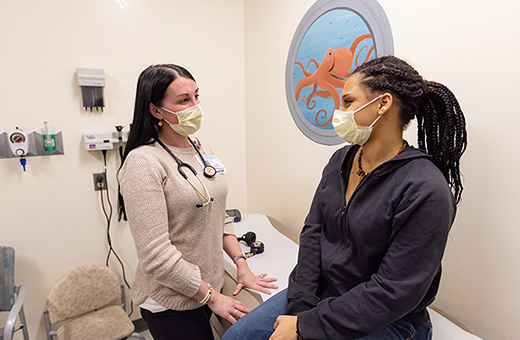
Before Pediatric Anesthesia
Your child’s stomach should be empty before the procedure or surgery. Depending on the type of anesthesia, we will let you know when they should stop eating and drinking. Your child will usually be allowed clear liquids up until 2 hours before. We will also discuss whether your child can take their medications the day of the anesthesia. Your child should dress in comfortable clothes and bring a favorite object, such as a stuffed animal, for support.
-
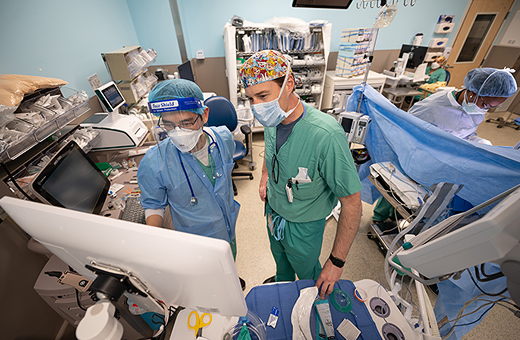
During Pediatric Anesthesia
We give your child anesthesia through an injection, IV or breathing mask or tube. For very nervous children, we may also give them a medication to relax (sedative). If your child has general anesthesia, we will monitor their heart rate and rhythm, blood pressure and oxygen levels throughout the procedure.
-
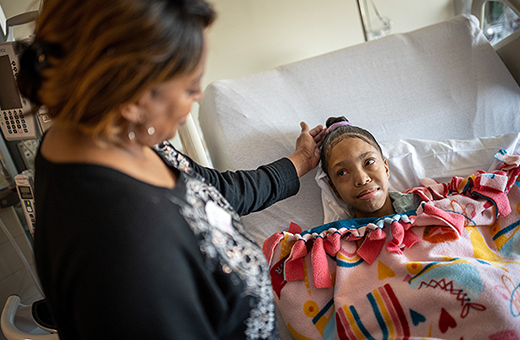
After Pediatric Anesthesia
After pediatric anesthesia, your child will rest in a recovery room for 30 minutes to 2 hours. If your child has general anesthesia, they may feel groggy, irritable or confused. If they have local or regional anesthesia, they may feel numb in some parts of their body. Your child may also feel nauseous or vomit. All of these effects should wear off within a few hours. Your anesthesiologist and physician will discuss when it’s safe for your child to return home or if they should stay in the hospital while they continue to recover.
Home Care After Pediatric Anesthesia
When your child returns home after pediatric anesthesia, they may need some extra care and attention. Your child’s recovery time will depend on the type of anesthesia they had, as well as the kind of procedure or surgery.
Help Your Child Rest
If your child feels sleepy or dizzy after anesthesia, make sure they have a quiet place to rest for the next 24 hours. Also keep an eye on whether they wake up easily if needed.
Try Clear Liquids
If your child feels nauseous or doesn’t have an appetite, start with clear liquids, such as broth, apple juice or ginger ale. Make sure that they still eat and drink that day, even if it’s light.
Let Them Go at Their Own Pace
The day after anesthesia, your child can try whichever activities they feel up to doing. Unless their physician directs otherwise, your child may be able to resume all of their usual activities within 3 to 4 days.
When to Contact Your Physician
Contact your child’s physician right away if you notice any signs of infection or symptoms such as:
- Continued numbness
- Fever higher than 101 degrees F (38.3 degrees C)
- Itching, swelling, bleeding or pus at procedure site
- Severe pain
- Trouble breathing or swallowing
- Vomiting
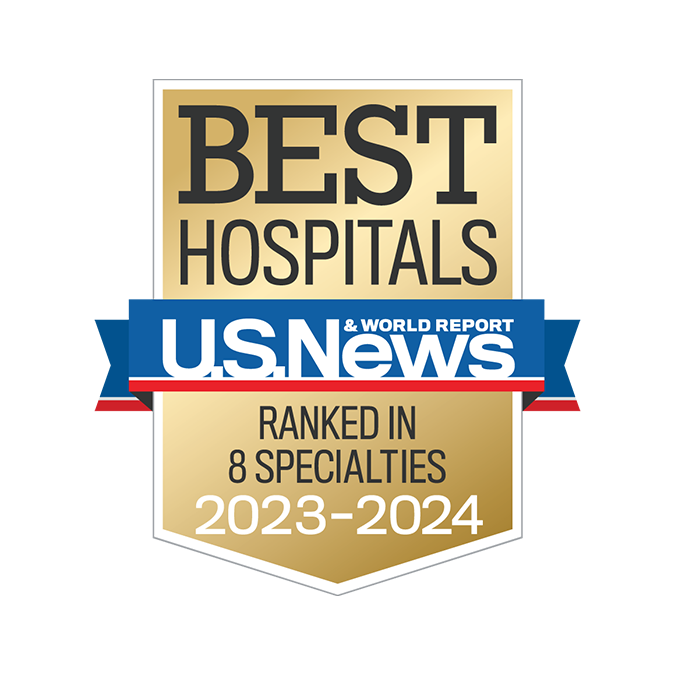
Ranked among the nation’s best hospitals
A U.S. News & World Report best hospital in cardiology, heart & vascular surgery, diabetes & endocrinology, ENT, geriatrics, neurology & neurosurgery, and pulmonology & lung surgery.

Ranked among the nation’s best children’s hospitals
U.S. News & World Report ranked UC Davis Children’s Hospital among the best in pediatric nephrology, orthopedics*, and pulmonology & lung surgery. (*Together with Shriners Children’s Northern California)
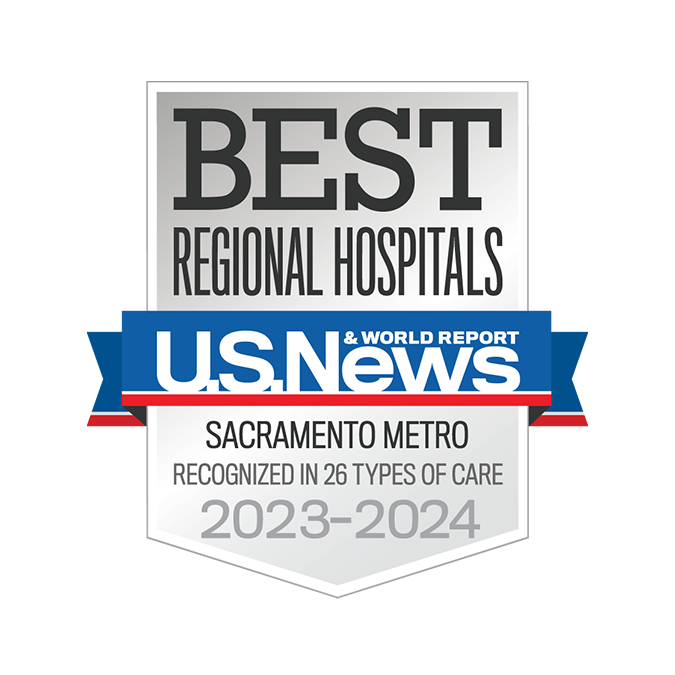
Ranked Sacramento’s #1 hospital
Ranked Sacramento’s #1 hospital by U.S. News, and high-performing in aortic valve surgery, back surgery (spinal fusion), COPD, colon cancer surgery, diabetes, gynecological cancer surgery, heart arrhythmia, heart failure, kidney failure, leukemia, lymphoma & myeloma, lung cancer surgery, pacemaker implantation, pneumonia, prostate cancer surgery, stroke, TAVR, cancer, orthopedics, gastroenterology & GI surgery, and urology.
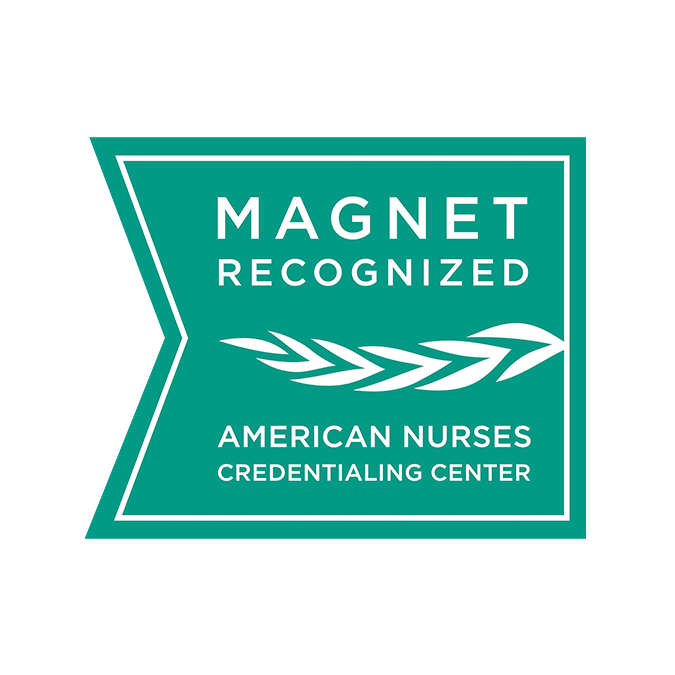
The nation’s highest nursing honor
UC Davis Medical Center has received Magnet® recognition, the nation’s highest honor for nursing excellence.
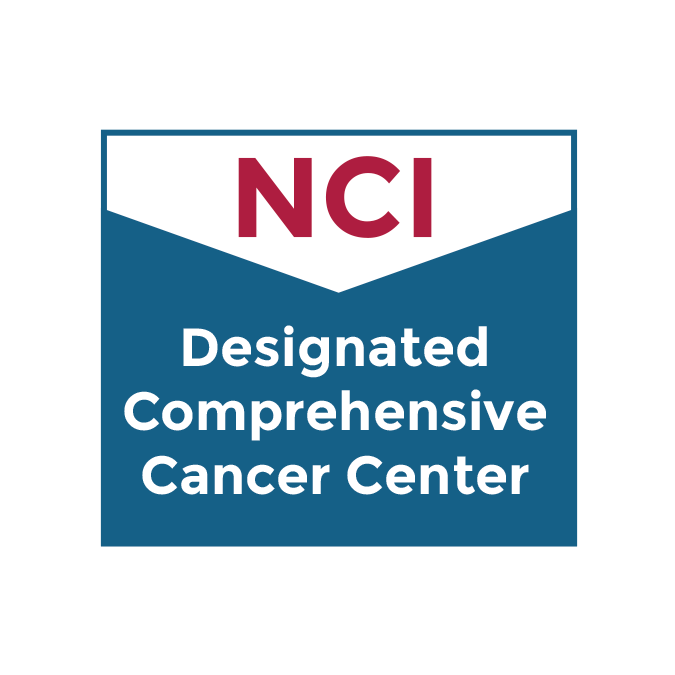
World-class cancer care
One of ~59 U.S. cancer centers designated “comprehensive” by the National Cancer Institute.
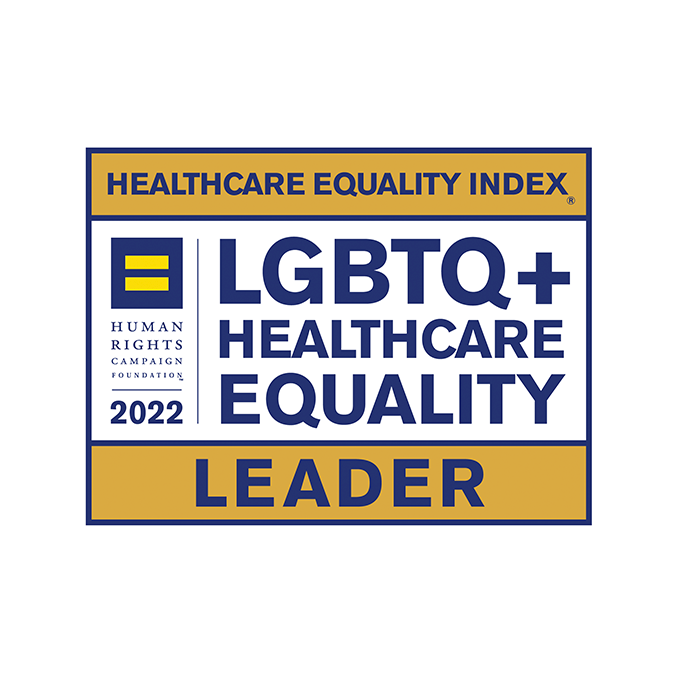
A leader in health care equality
For the 13th consecutive year, UC Davis Medical Center has been recognized as an LGBTQ+ Healthcare Equality Leader by the educational arm of America’s largest civil rights organization.

